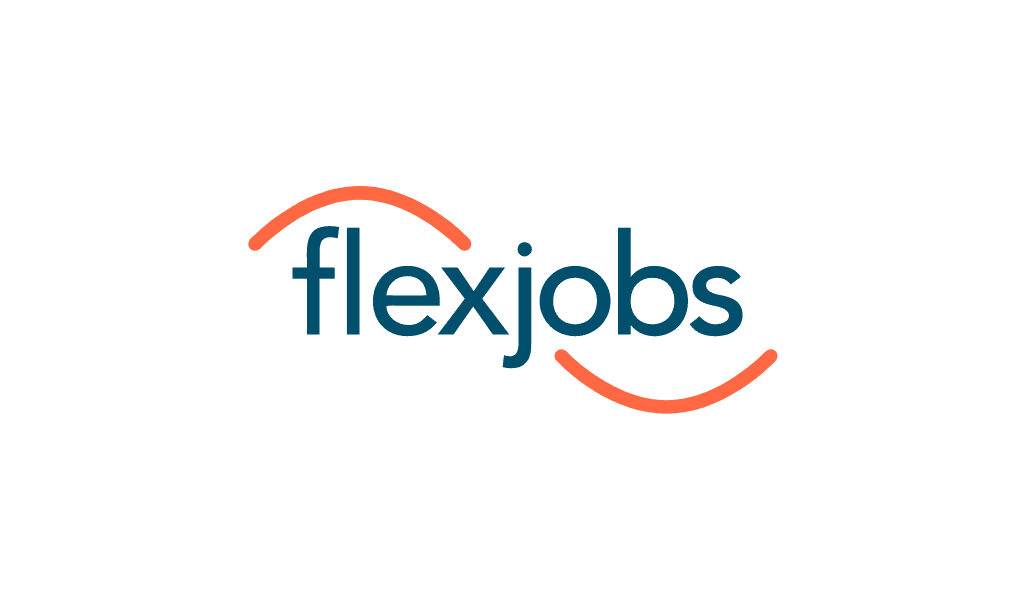Fostering a culture of trust and helping to improve the workplace experience for people at all levels of the organization is vital to thriving in periods of uncertainty.
By Maggie Mancini
More than three-quarters of CEOs and board directors feel high levels of business uncertainty—and most see the risks accelerating. As a result, business leaders are focusing on internal priorities like company culture and talent attraction and retention, while keeping an eye on the emergence of artificial intelligence and its impact on the workplace. Yet, employees don’t share those same feelings of unease, according to research from Spencer Stuart.
Alleviating this perception gap is key to fostering a culture of trust and helping to improve the workplace experience for people on all levels of the organization, explains Tom Friedrich, one of the firm’s consultants. The differences in perception, he says, are expected due to the distinct roles and priorities of business leaders and employees. While business leaders must take a long-term view, concentrating on the strategic direction of the business, employees are more focused on their day-to-day work.
“The perception gap concerning the emphasis on culture and employee retention is particularly concerning,” Friedrich says. “While leaders might work on shaping the organizational culture, these changes may not be yet visible in the employee experience. HR leaders can bridge this gap by facilitating regular, open dialogues between leadership and staff, ensuring that executives clearly communicate their vision and the organization’s goals.”
Friedrich explains that HR leaders can help alleviate this perception gap by implementing some of the following:
- town halls;
- open Q&A sessions between leaders and employees;
- focus groups;
- cross-functional task forces; and
- monitoring progress based on employee feedback.
“By taking these steps, HR can support a transparent and communicative environment that addresses the perception gap,” Friedrich says. At the same time, focusing on these key issues—culture, talent retention, and technological advancements—can help bridge those gaps and keep leaders and employees aligned and connected.
Leaders Emphasize Internal Culture
The study also finds that CEOs and board directors see company culture as a top organizational priority. Company culture plays a pivotal role in guiding organizations through uncertain times by providing a sense of stability and unity, Friedrich explains.
“A strong, positive culture fosters resilience, enabling teams to respond to external pressures with agility and creativity,” he says. “It acts as the organization’s compass, ensuring that, despite external disruptions, everyone is aligned and moving towards a shared vision and values. Crucially, in periods of uncertainty, a culture that promotes open communication, inclusivity, and adaptability can help mitigate fear and anxiety, keeping employees engaged and motivated.”
Everyone in the company contributes to the culture, yet it’s particularly important that CEOs and senior leadership teams define and embody the target culture for the organization. For HR leaders, actively working to embody and reinforce the company’s cultural values in every aspect of the employee experience—from recruitment and onboarding to performance management and development programs—is paramount to its success.
“Organizational culture is not solely an HR responsibility but a strategic boardroom agenda that profoundly impacts an organization’s trajectory,” Friedrich says. “Boards and the CEO play a crucial role in identifying and nurturing a culture aligned with strategic aspirations, evaluating the impact of management’s actions on culture, and ensuring leadership is in tune with cultural aspirations.”
Focusing on the Talent Pool
Talent attraction and retention is particularly important to business leaders—and that executives have the largest influence on cultivating employee engagement. HR leaders play a key role in supporting talent attraction and retention by collaborating with leaders to align the organization’s rewards system with its goals, Friedrich says.
“HR plays a role in shaping a culture of continuous learning,” he adds. “These organizations serve as a magnet for talent seeking growth and development opportunities. Organizations are adopting hybrid learning models, leveraging both formal programs and informal platforms, illustrating the importance of making time for growth and learning.”
These efforts signal to current and prospective employees that the organization is committed to their personal and professional growth, making it a more attractive place to work, Friedrich says.
AI Adoption Impacts Engagement
The study indicates that leaders and employees have different views about the potential and challenges associated with AI adoption. Still, transparent communication is key to encouraging the use of AI in the workplace. Friedrich explains that there are three important strategies that HR leaders can leverage to help encourage AI adoption.
- Demystify AI. Explaining the use of AI as a tool and addressing common misconceptions can help mitigate fears of job displacement. One way to do this effectively is to highlight effective use cases with the organization or industry. Further, showcasing how AI has positively impacted other teams or companies can inspire confidence and demonstrate the tangible benefits of AI adoption.
- Foster a culture of continuous learning and collaboration. An organization where employees are incentivized to experiment with and contribute to AI initiatives are shown to foster a more accepting attitude about new technologies. Creating a culture that encourages appropriate risk taking also fosters innovation. Breaking down silos and encouraging cross-functional teamwork encourages a holistic approach to AI by bringing together diverse perspectives.
- Encourage open discussions about the use of AI in the workplace. Allowing employees to voice concerns about AI integration in their work should be encouraged to ensure that the adoption process is inclusive and considers employee experience. Doing so will help build trust, which is critical to achieving meaningful change.

















